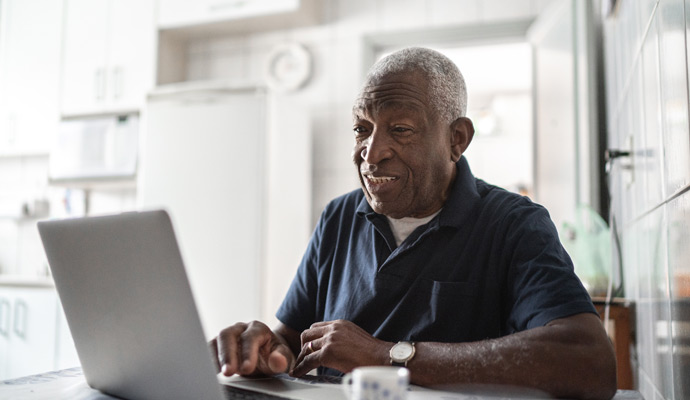Retail Banking: Build Customer-Oriented Capabilities
With limited avenues for growth, the banking sector will be hypercompetitive for the next three to four years. Banks will face competition not just from innovative financial-services companies, but also from nonbanks, such as mobile phone companies with bill-paying apps. They will also need to resolve long-standing customer pain points. Too many customers feel that dealing with their banks is complicated and time-consuming, that they receive impersonal treatment and little recognition, and that they are not empowered to make decisions. They also want the banking system to provide a way for them to engage with friends and family on financial matters.
Traditionally, retail banks have differentiated themselves in several ways: financial management, human capital management, risk management, operations, IT infrastructure, and acquisition and integration. Now, these capabilities are quickly becoming basic competitive necessities. For a sustainable “right to win,” banks must invest in and develop additional capabilities that will truly set them apart.
For many, this will mean assembling a more customer-oriented capabilities system, drawing together diverse processes, practices, and skills. The elements will vary from one company to another. They might include designing an integrated multichannel customer experience incorporating the online bank and local retail branches; expanding the use of fact-based decision making for loans and investments; putting more analytically driven decision-making processes in place; delivering highly tailored, customer-focused product and service offerings; fostering greater collaboration across organizational silos within the bank; and partnering across enterprise boundaries.
Investing in these new capabilities will be expensive, and funding will need to come from somewhere: probably less from raising fees and more from wringing costs out of the operation. Banks will have to continuously focus on expense control — on how work gets done as well as what work to do — using lean and technology-enabled process redesign. They will also need to tap new ways to make money. For example, many banks provide skills and information to customers, particularly in commercial and small-business sectors, as bundled add-ons or even as loss leaders. Some of this can be unbundled in a way that more effectively monetizes the bank’s existing capabilities. Banks could aggregate information for the marketing and sales efforts of middle-market and small businesses, leverage their financial and risk management expertise for clients, offer white-label analytics, and perform outsourcing and transaction processing services. Companies ranging from Amazon to American Express to General Electric to UPS have converted capabilities built for internal use into new revenue sources. In these times, every bank should be doing the same.![]()
Author profiles:
- Paul Hyde is a partner in New York.
- Ashish Jain is a partner in Chicago.
- Corey Yulinsky is a partner in New York.
- For the 2012 Booz & Company Financial Services — Retail Banking Industry Perspective, see strategyand.pwc.com/retail-banking-2012.



